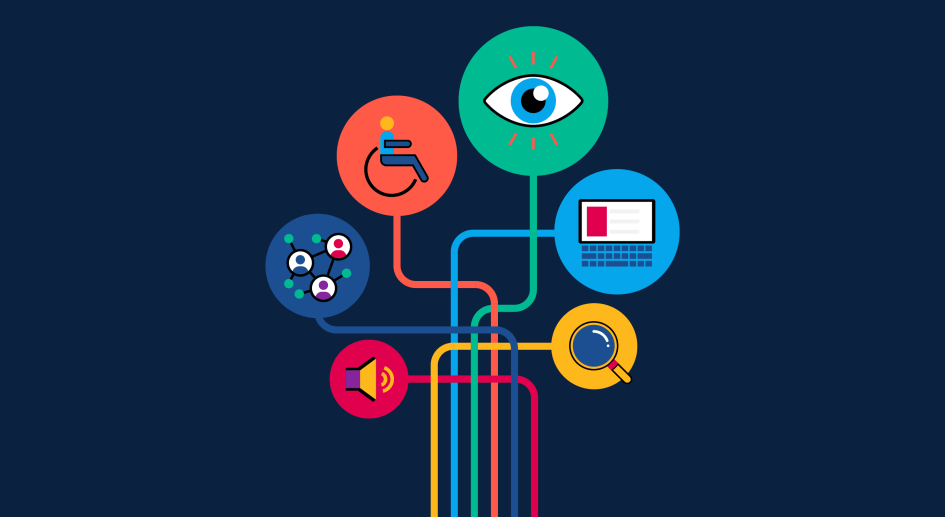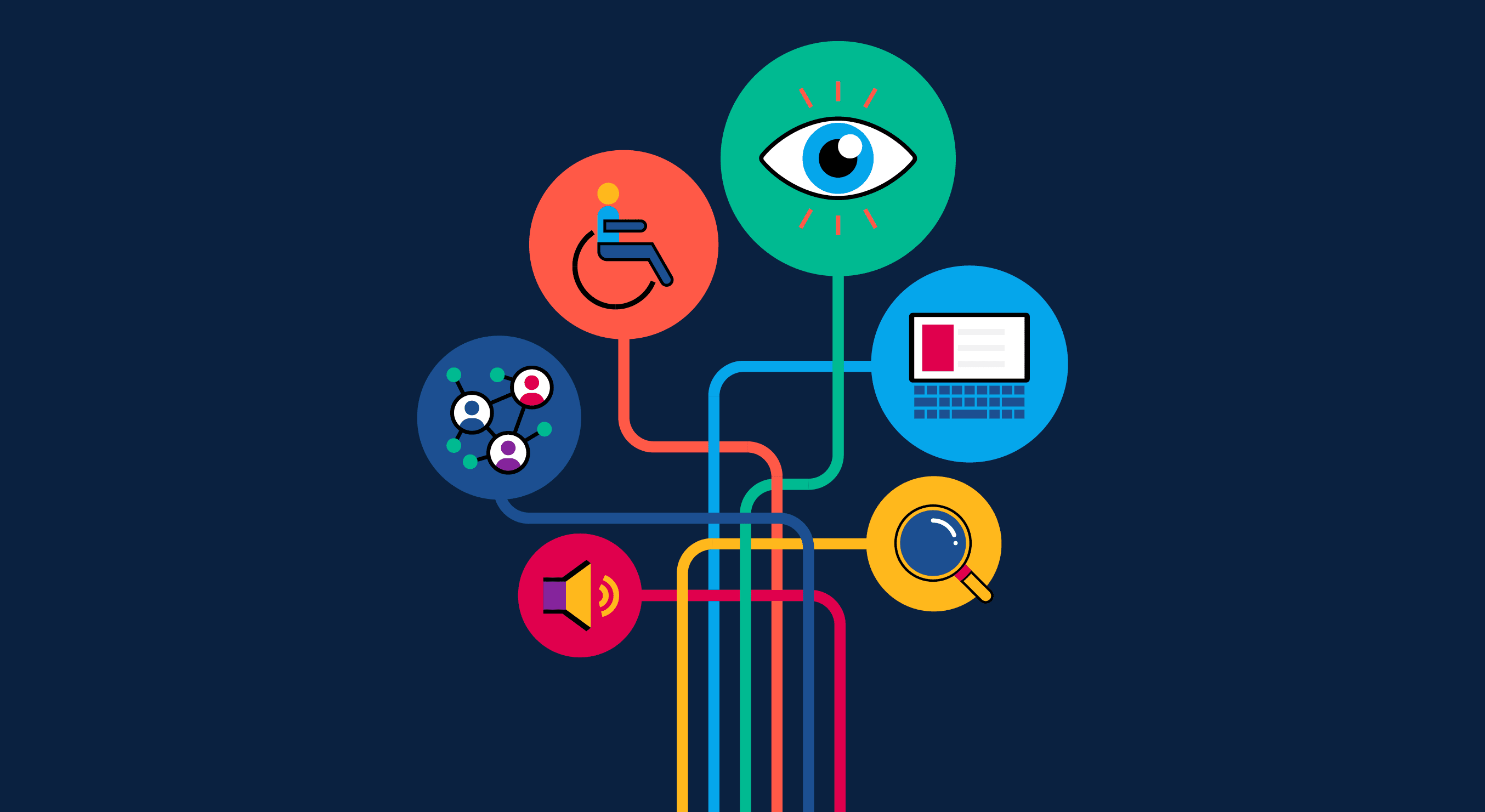Rationale
Instructors are content creators. We create the syllabus, the assessments, the rules, the expectations. Instructors have an opportunity to making their content accessible from the beginning. By creating accessible content, we can know that what we’ve created will be accessible for most learners. I say most here because inclusive content creators should always ask themselves: “for whom is this content unusable? who cannot participate here? and why?”
By conceptualizing accessible content creation as a value and not a checklist, we can always aspire to make educational content that will meet that needs of all learners. To strive for that goal is not a moonshot, in fact it is the United Nations Social Development Goal #4: “Ensure inclusive and equitable quality education and promote lifelong learning opportunities for all.” All.
Though this module is merely an introduction to creating accessible content, it should give you an understanding about why content is not accessible and practical ways to make Word document, Powerpoint documents, and videos more accessible.
Applied Learning
Learn to make accessible content by applying the approaches outlined in the readings below. Learn about the semantic Web and then apply open standards in the designing of all content. All.
Why isn’t content accessible to begin with?
https://medium.com/@jutta.trevira/too-candid-im-sorry-but-not-really-sorry-6255cfd5d730
How to make accessible Word documents:
https://webaim.org/techniques/word/
https://webaim.org/techniques/powerpoint/
How to make more accessible videos:
https://webaim.org/techniques/captions/



Leave a Reply